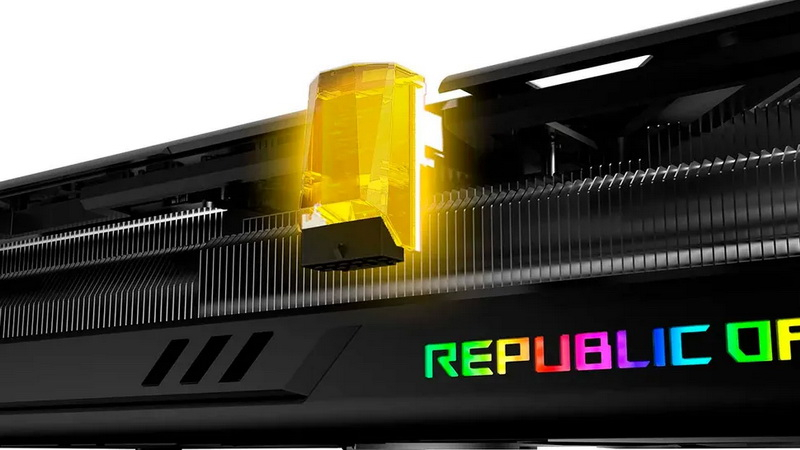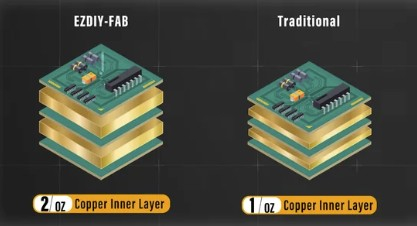Manufacturers have started attaching coolers to 12V-2×6 cables to prevent them from melting


With new reports of 12V-2×6 power cables and connectors on GeForce RTX 50-series graphics cards overheating and melting, and no official comments from Nvidia, third-party power cable manufacturers have decided to take matters into their own hands. Ezdiy-fab and CableMod have released special 12V-2×6 adapters equipped with passive cooling systems.


Image source: CableMod
Ezdiy-fab has released 12V-2×6 power adapters with a 90-degree and 180-degree connector, using 2 oz copper PCBs. The manufacturer notes that other power adapters use standard 1 oz copper PCBs and are less reliable.


Image source here and below: Ezdiy-fab
Ezdiy-fab’s solutions also use thermal pads and an aluminum heatsink that acts as the connector housing. According to the company, the increased copper volume in the power connector helps reduce electrical resistance, while the thermal pad and heatsink provide additional cooling. CableMod uses a similar adapter design, but adds copper foil.
As Tom’s Hardware writes, these solutions show how susceptible the new 12+4-pin 12V-2×6 power cables are to overheating. Market analysis shows that almost all such cables and power adapters from third-party manufacturers are equipped with a cooling system to one degree or another. At the same time, standard 8-pin PCIe connectors, although they can face similar problems, generally do not require additional cooling, since they are not susceptible to such overheating.
Initially, the overheating issue only affected the original 12VHPWR connectors. Before the release of the GeForce RTX 50-series graphics cards, Nvidia stated that it had replaced 12VHPWR with the new 12V-2×6 standard and did not expect problems with the new GPUs. However, users continue to encounter melting connectors and power cables. Some speculate that the 12V-2×6 standard was doomed to fail from the start due to its characteristics and design features. Others believe that the cause of the problem may be the uneven distribution of current across the cores of the 12V-2×6 cables and the lack of shunt resistors on the RTX 40 and 50 series graphics cards.
Recent Posts
Nissan Leaf EV to Become NACS-Ported Compact Crossover in Third Generation
Nissan Leaf can rightfully be considered a long-liver of the electric car market, since the…
OpenAI expects to more than triple its revenue this year and then double it next year.
OpenAI, the market leader in generative artificial intelligence systems, remains nominally a startup, its financial…
OpenAI Decides to Hold 4o Image Generation Launch for Free Users
OpenAI has been forced to delay the release of ChatGPT's built-in image generator for free…
1440p and 240Hz for just $200: Xiaomi updates the 27-inch Redmi G27Q gaming monitor
Xiaomi continues to update its Redmi G27Q gaming monitor every year. The model was first…
Beware, Android is shutting down: OS development will cease to be public, but there is no reason to panic
Android device makers can significantly customize the look and feel of the operating system, but…
Fake GeForce RTX 4090s with RTX 3090 chips have started popping up in China — craftsmen are even changing the GPU markings
In China, scammers have started selling GeForce RTX 3090 graphics cards, passing them off as…